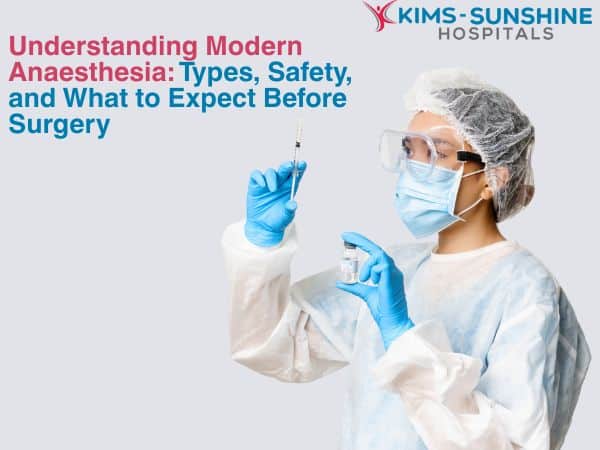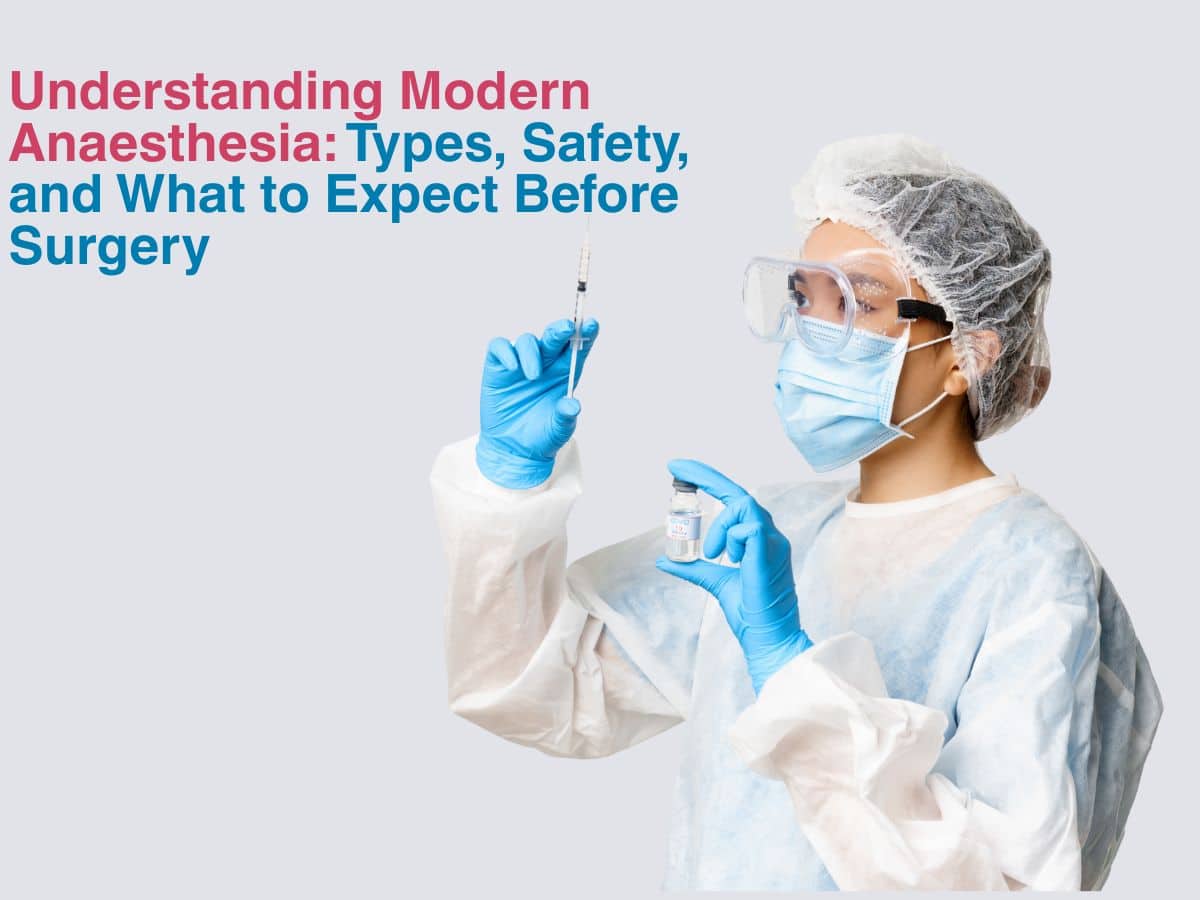
Understanding Modern Anaesthesia: Types, Safety, and What to Expect Before Surgery
Anaesthesia is a pretty recent discovery, though the principles of using some kind of numbing agent have existed from millenia. The most recent usage of oral anaesthetics include herbal preparations in South East Asia and other indigenous methods which were developed locally, in different places in the world. The first so-called anaesthetic was nitrous oxide, also called laughing gas. Next came ether and then chloroform, all of which were used in simple surgeries. More complicated surgeries necessitated the need for using longer acting anaesthetics, which would allow doctors enough time to perform procedures which would need time to get done. Modern anaesthetic agents include specially formulated gases, volatile liquids and intravenous anaesthetics respectively. Once the procedure is done, a reversal agent is used which will help an individual regain consciousness and movement in some time.
Types Of Anaesthesia Used In Modern Surgery
There are 4 different kinds of anaesthetic agents which may be used, depending on the type of procedure and how invasive it is. It also depends on your health profile and possibly your preference at times (like when giving birth. They all work under the general principle of numbing a particular part of your body, so that pain-related signals are not sent to the brain. The types are-
- Local – When the procedure needs to be done in only part of the body which is relatively tiny- like eye surgery, taking biopsies etc. then an injection is given at the site where the incision will be made. This means you will be awake and can tGeneral- When you need a particularly invasive surgery done which takes a long time for completion, you are given general anaesthesia. It knocks you out completely and you won’t remember what happened at all. alk too.
- Regional – A particular region in your body is anaesthetised for more invasive procedures like childbirth which uses a spinal epidural. It may be given on its own or it may be clubbed with a sedative agent.
- Sedation- You tend to nap with such an anaesthetic agent but can be woken up quickly if needed- like when you get a colonoscopy done, or if your wisdom tooth needs to be removed.
- General- When you need a particularly invasive surgery done which takes a long time for completion, you are given general anaesthesia. It knocks you out completely and you won’t remember what happened at all.
Risks And Safety Of Modern Anaesthesia
Though getting anaesthetised is generally safe and very much necessary for a lot of procedures, some people may not react well to the agent used. They may have to deal with side effects like fatigue, headaches, hypothermia, pain at the injection site and other such issues. These get better with time but there may be other pronounced effects like when someone is allergic to the anaesthetic used. Some people may need more anaesthetic agent than usual as it is normally calculated based on body weight and other related factors, leading to people being aware of their surgical procedure being done on them. For some people, neuropathy may occur in the long term or even a collapsed lung may be observed.
But, these issues occur very rarely and modern anaesthetics are generally super safe when used in the right dosage and administered properly by a certified anaesthesiologist. The amount and method of administration are tightly controlled in all cases and they will be monitored continuously by the anaesthesiologist during and after the procedure is done. The type and amount of agent used is carefully determined beforehand and then a highly personalised plan may be made by your doctor too, in some cases.
Conclusion
Preparing for a procedure beforehand is as important as after care, so you need to talk to your doctor about the procedure in detail and if specific medications need to be stopped in advance. Anaesthetics also react poorly with food, so you will need to fast for at least 8-12 hours before the procedure is done. Stop smoking two days before the procedure and if you are on blood pressure medications, then ask which one can be taken or if you need to stop completely. During the procedure, you will be anaesthetised with one or a combination of agents as necessary and then you will be monitored carefully, to see that your heart, brain, blood pressure and oxygen levels are within standard ranges. If there is some allergic reaction, then it will be taken care of, immediately. The doctor will also tell you to rest afterwards. If you have to go home on the same day, ask someone to pick you up and don’t try to drive yourself home as your reflexes may be slow and you may still feel drowsy. Lastly, stay away from cigarettes and any alcohol for 2 days after getting the procedure and begin following all after-care guidelines as outlined by your doctor.







